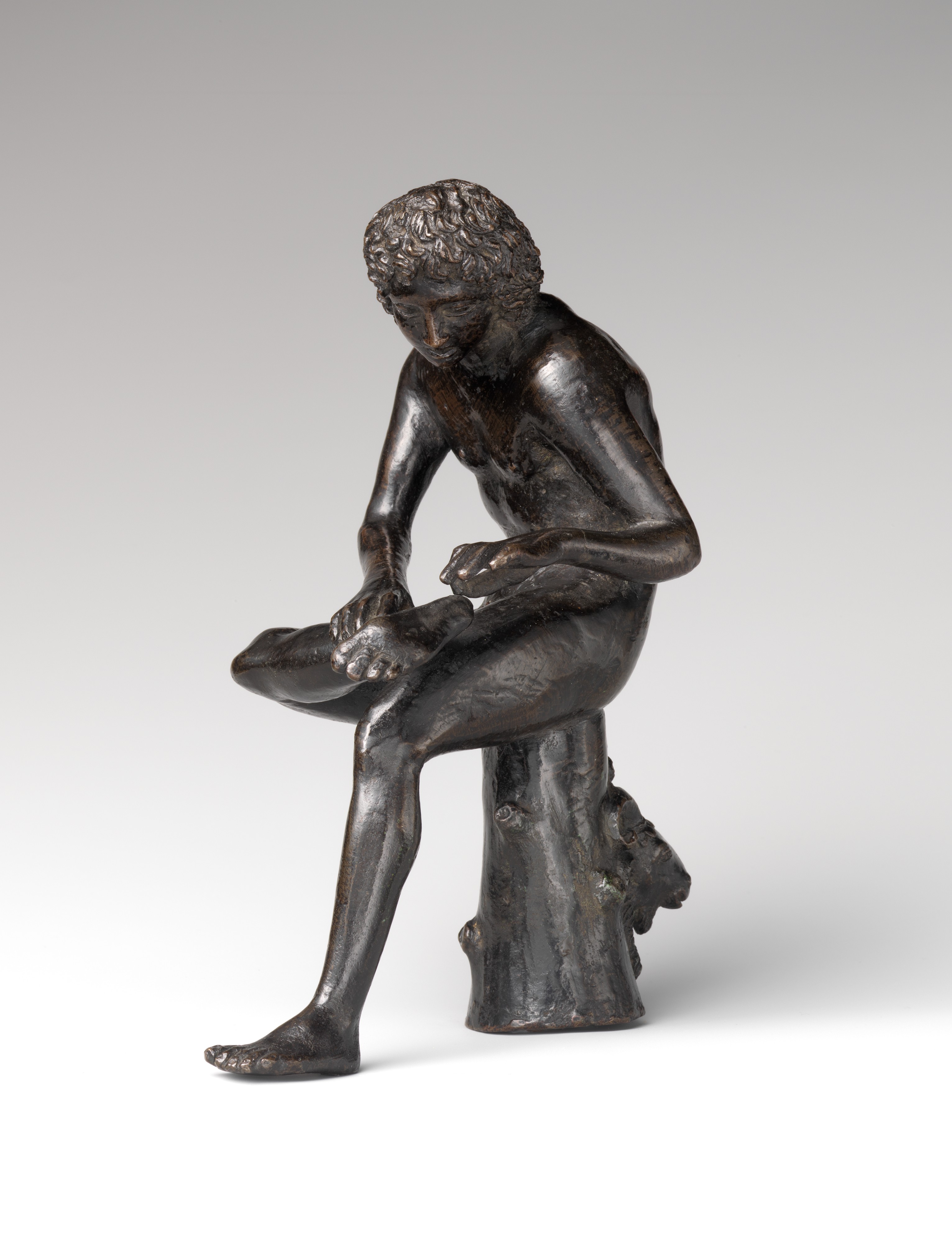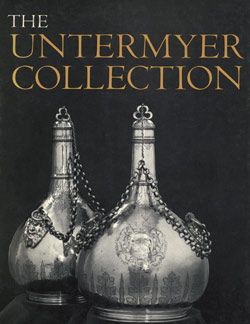Spinario (boy pulling a thorn from his foot)
Northern Italian - Padua or Ravenna
Not on view
James David Draper assigned this Spinario a northern Italian provenance and dated it to the first quarter of the sixteenth century, reiterating the work’s dependence on the illustrious ancient prototype, the sculpture of a boy extracting a thorn from his foot in the Palazzo dei Conservatori, Rome. Like the Spinarios discussed in cat. 39, the present bronze differs from the ancient statue in the inverted positioning of the limbs. It is part of a series of casts of the same subject and with similar dimensions (16.9–20 cm) that, despite variations in surface treatment and details, stream from the same exemplar produced in Severo’s workshop.[1] One point of scholarly contention is whether this model was created in the early or late phase of the artist’s career.[2] The large number of replicas suggests that production of casts based on Severo’s model continued well beyond his death, with a concomitant decline in quality.[3] The present bronze displays no skilled cold work. The support trunk—integral with the figure—has an unusual distinguishing feature, a rather summarily executed head of a ram mounted like a trophy.
-TM
Footnotes
(For key to shortened references see bibliography in Allen, Italian Renaissance and Baroque Bronzes in The Metropolitan Museum of Art. NY: The Metropolitan Museum of Art, 2022.)
1. For the other casts, see cat. 39, note 4.
2. Radcliffe and Penny 2004, pp. 80–83, no. 12; D. Smith 2008, pp. 65–66, 69; Warren 2014, pp. 124–29, no. 35.
3. D. Smith 2008, p. 73.
Due to rights restrictions, this image cannot be enlarged, viewed at full screen, or downloaded.
This artwork is meant to be viewed from right to left. Scroll left to view more.






